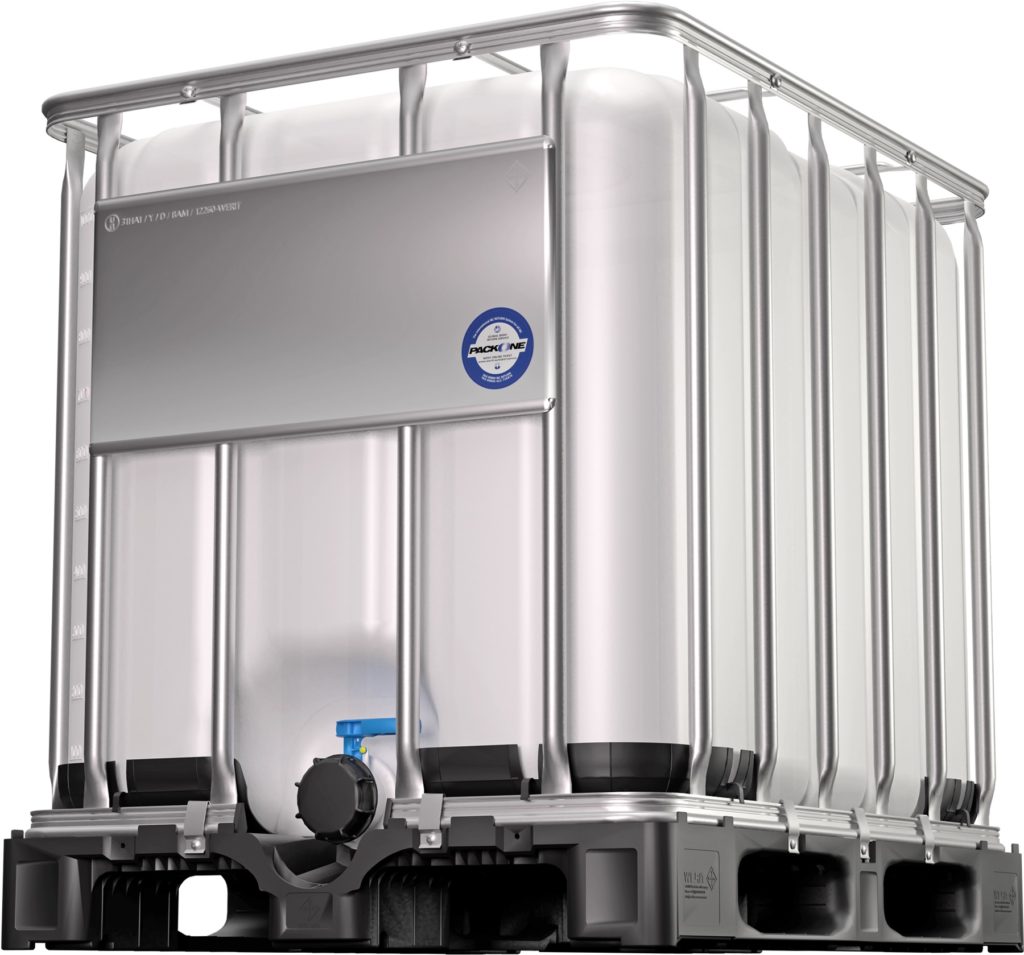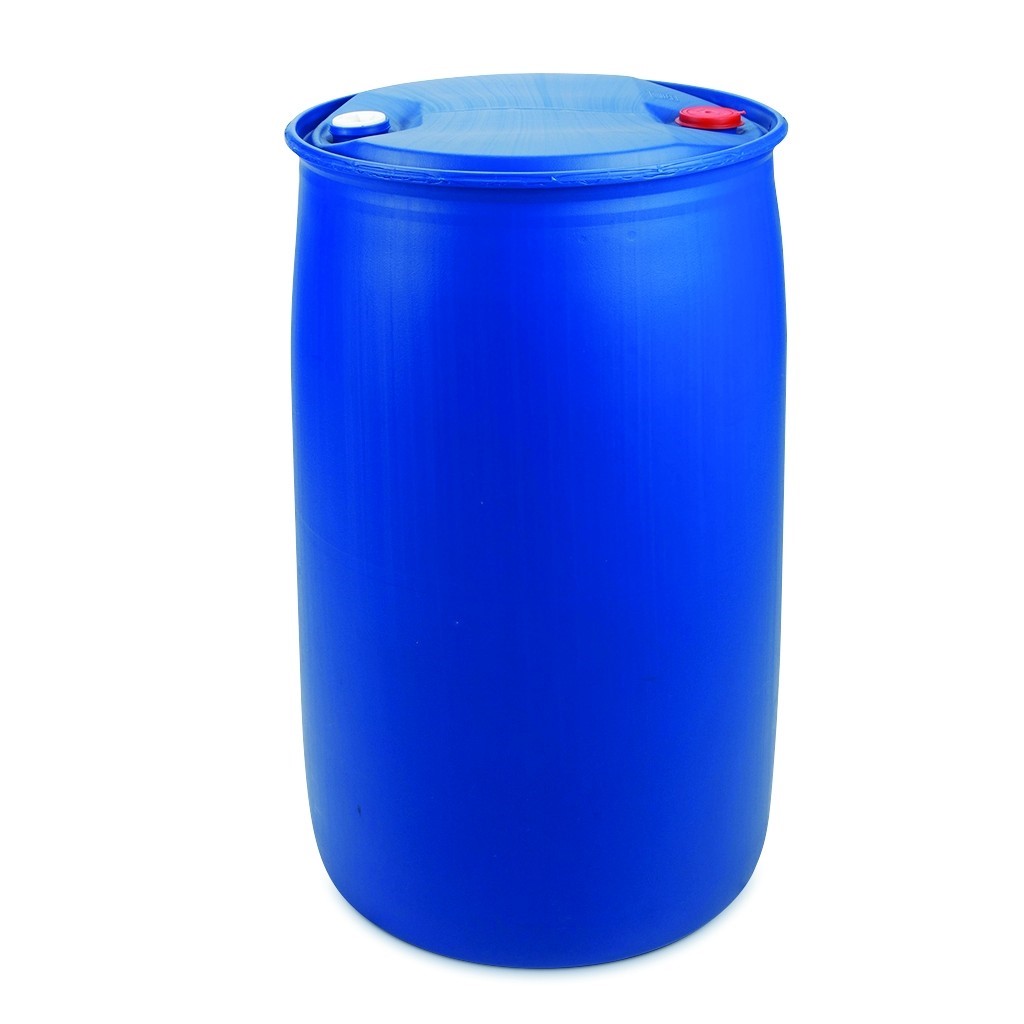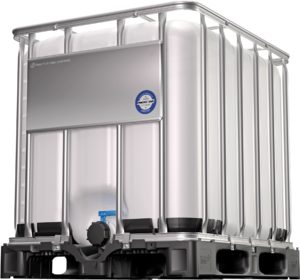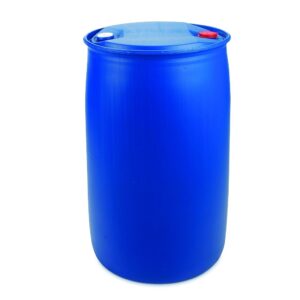FOR THE TREATMENT OF WASTEWATERS FROM METAL FINISHING, POWDER PAINTING AND PCB INDUSTRIES
SCANPOL® 40 PRECIPITATION AGENT has been developed especially for the treatment of spent rinse water, half concentrates and concentrates from metal finishing, powder painting and PCB industries.
SCANPOL® 40 PRECIPITATION AGENT precipitates contamination’s and metals from the solutions. It is especially adopted for the treatment of spent solutions when low discharge of heavy metals, phosphates and fluorides is demanded.
The most suitable way to control the treatment is in proportion to the flow. It is very suitable for a through flow or a batch treatment plant for treatment of black chromate solutions, cleaners and other types of process water. The applications referred to are just a few areas of use for the product. Since the product is very versatile in a number of treatment areas it is possible that it has further potential applications of use which has to be evaluated based on the users demands and conditions.
The precipitated metals form stable flocks that settle very rapidly and are easy to separate. The clear decant contains a very small amount of suspended solids and the COD, phosphorus and fluoride content is significantly reduced.
PROPERTIES
Composition: Mixture of acid components
Description: Clear, brown liquid
Specific gravity: 1.350
pH: < 1
BENEFITS
– The amount of sludge is significantly reduced compared to standard ferric chloride – lime treatment.
– The treatment time is very short.
– COD-, phosphorus- and fluoride content including metal content is significantly reduced.
EQUIPMENT
It is possible to treat most types of process water from the metal finishing and PCB industry with SCANPOL® 40 in a waste treatment plant in batch or through flow mode.
For the treatment of process water it is recommended that the equipment for dosing of SCANPOL® 40 is controlled by time or flow. The dosing pump could be directly attached to the container in which the solution is delivered or to a separate holding tank in which the solution is stored.
TREATMENT PROCEDURE
Generally:
To obtain best possible results during the treatment of process water it is recommended to collect rinse waters, half concentrates and concentrates in a separate collection tank. Under normal conditions the pH will vary in this mixture of solutions.
Batch treatment:
The pH value of the collected process water is first adjusted to pH 3,0 – 6,0 with sulphuric acid. 0,5 – 1,0 l/m3 of SCANPOL® 40 is then added. The exact amount to be added must be determined through trials in advance. Finally the pH is adjusted to pH 9,0 – 9,5 with sodium hydroxide and flocculating agent SCANPOL® 55 is added.
The clear decant can be separated and the sludge is dewatered in a filter press.
Through flow treatment:
SCANPOL® 40 is added in proportion to the flow to the pre neutralisation. Recommended amount 0,10 – 0,15 l/m3 of process water. Finally the pH is adjusted to pH 9,0 – 9,5 with sodium hydroxide solution, than flocculating agent SCANPOL® 55 is added and the sludge is separated in a lamella separator. The sludge is dewatered in a filter press.
Separate proposals for treatment plants and complete equipment for dosing are available upon request.
HANDLING PRECAUTIONS
SCANPOL® 40 PRECIPITATION AGENT is a strong acidic solution and prolonged contact with the skin should be avoided. Normal working precautions should be taken when handling the product.
– Use proper eye protection, gloves and protective clothing when handling the solution.
– Upon eye contact, irrigate immediately with excess water and obtain medical attention immediately.
– Upon skin contact, flush affected areas with excess water and obtain medical attention if necessary.
– Study the Safety Data Sheet before handling the product.
PACKING
270 kg. polyethylene drums or 1350 kg. containers.
STORAGE
Store the solution in the original package separated from alkaline, oxidising or organic agents and cyanides. Avoid exposure of direct heat.
Storage temperature: 0 – 25°C.
Whilst every endeavour has been made to ensure that the information given in this technical data sheet is correct, SCANDRILL POLSKA gives no warranty, express or implied, relating to the use or performance of this product.
COMPARISON OF DIFFERENT PRECIPITATION AIDS DURING TREATMENT OF RINSE WATER, HALF CONCENTRATES AND CONCENTRATES FROM GENERAL METAL FINISHING, POWDER PAINTING AND PCB INDUSTRY
| SCANPOL® 40 | Ferric chloride FeCL3 | |
| Effect on quantitative precipitation of heavy metals from rinse water | ||
| – in the presence of PO4 | Very high efficiency | Medium effect |
| – in the presence of CO3 | Very high efficiency | No effect |
| – in the presence of F- | Very high efficiency | No effect |
| – in the presence of NH4 | Very high efficiency | No effect |
| – in the presence of weak and medium strong complexes | Very high efficiency | No effect |
| Sedimentation properties of precipitated metal hydroxides in the presence of | ||
| – PO4 | Very good | Negative affected |
| – CO3 | Very good | Negative affected |
| – F- | Very good | Negative affected |
| – NH4 | Very good | Negative affected |
| – weak and medium strong complexes | Very good | Negative affected |
| Treatment/dewatering of sludge | Very high efficiency Up to 70% solid content | Low dewatering efficiency, often wet filter cakes |
| Treatment of spent process solutions some examples | ||
| – black chromate solutions | Very good precipitation aid | Does not work |
| – chromate process solution based upon Cr3 | Very good precipitation aid | Does not work |
| – developing and stripping solutions from dry film or solder mask | Very high efficiency upon COD and metal content removal | Medium effect
|
| Economical aspects | ||
| – amount of sludge | Half the amount of sludge | Huge amount of sludge |
| – total cost | Purchase prize + 1/2 disposal cost | Purchase prize + the whole disposal cost |





